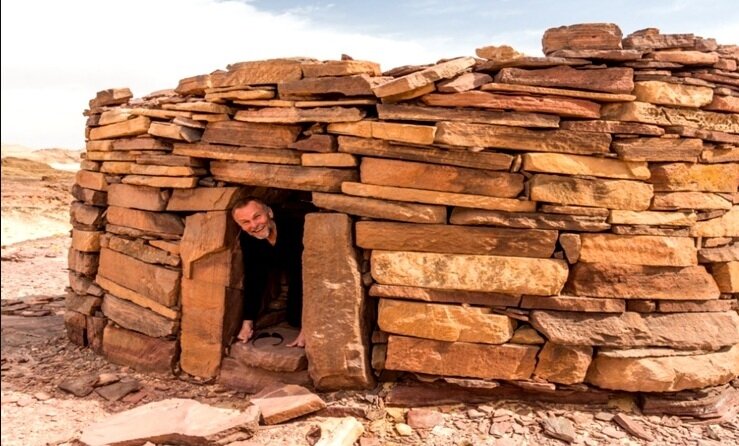In the vast and dramatic landscapes of the Sinai Desert lie the mysterious Nawamis, a collection of prehistoric circular stone tombs that have captivated archaeologists and travelers alike. These ancient structures, dating back to between 4000 and 3150 BCE during the Chalcolithic era, offer a rare glimpse into early human burial practices and desert life. Often referred to as “bee-hive” tombs due to their distinctive dome-shaped sandstone construction, the Nawamis stand as silent witnesses to Sinai’s deep history, combining archaeological significance with intriguing cultural myths and Bedouin folklore.
Exploring the Nawamis invites adventure seekers into a remote and sacred space rich with stories of ancient civilizations and enduring desert traditions.
History and Location
The Nawamis are predominantly found along the ancient routes between Dahab and Saint Catherine in Southern Sinai, Egypt. These tombs consist of stone-built circular structures approximately 2 to 2.5 meters high and 3 to 6 meters in diameter, with a single west-facing entrance possibly symbolizing relation to the sunset, or the journey to the afterlife. Archaeological research suggests these tombs served as family burial chambers created by nomadic groups during the Early Bronze Age, though they were reused in later periods including the Roman-Byzantine era. The largest cluster contains around 32 such structures, perched on low hills alongside dry riverbeds, offering uninterrupted views of the surrounding desert.
Unique Features and Legends
These rounded tombs are expertly constructed from sandstone, featuring domed roofs that have remarkably endured thousands of years in the harsh desert environment. Their design reflects advanced prehistoric engineering, notably the use of internal domes for stability. Local Bedouin legends add an air of mystery, associating Nawamis with biblical narratives such as the Wanderings of Moses and mosquito plagues. The name “Nawamis” itself translates as “mosquito nets,” further entwining folklore with the physical landscape. The tombs’ continued use over millennia, transitioning from burial sites to shelters and storage by different cultures, underscores their resilience and significance.
Activities to Enjoy at Nawamis
Visitors traveling to the Nawamis area experience more than just archaeological exploration. The unique setting offers hiking opportunities amidst breathtaking desert panoramas. Tourists often combine visits with trips to nearby oases such as Ein Hudra, and interact with local Bedouin communities who offer insights into their nomadic lifestyle and crafts. Photography is a key highlight, capturing the sandstone tombs against stark desert backdrops at varied times of day. For adventurers, the challenge of reaching this remote site adds to the richness of the journey, blending discovery with cultural immersion.
How Desert Cruise Travel Enhances Your Experience
Desert Cruise Travel provides expert-led tours to the Nawamis, ensuring safe travel through rugged desert terrain and enriched cultural understanding. Their guides share archaeological insights, local legends, and navigate logistics from Dahab or Saint Catherine. These experiences often include complementary visits to historical and natural sites, along with traditional Bedouin hospitality. The company’s comprehensive services allow visitors to engage deeply with this prehistoric marvel while enjoying organized comfort and respect for the fragile desert ecology.
Conclusion
The Nawamis offer a compelling window into the distant past, standing as some of Sinai’s oldest stone constructions with rich archaeological and cultural value. For travelers eager to explore Egypt’s prehistoric roots alongside fascinating folklore, the Nawamis are an essential destination filled with stories etched in stone beneath the desert sun.




